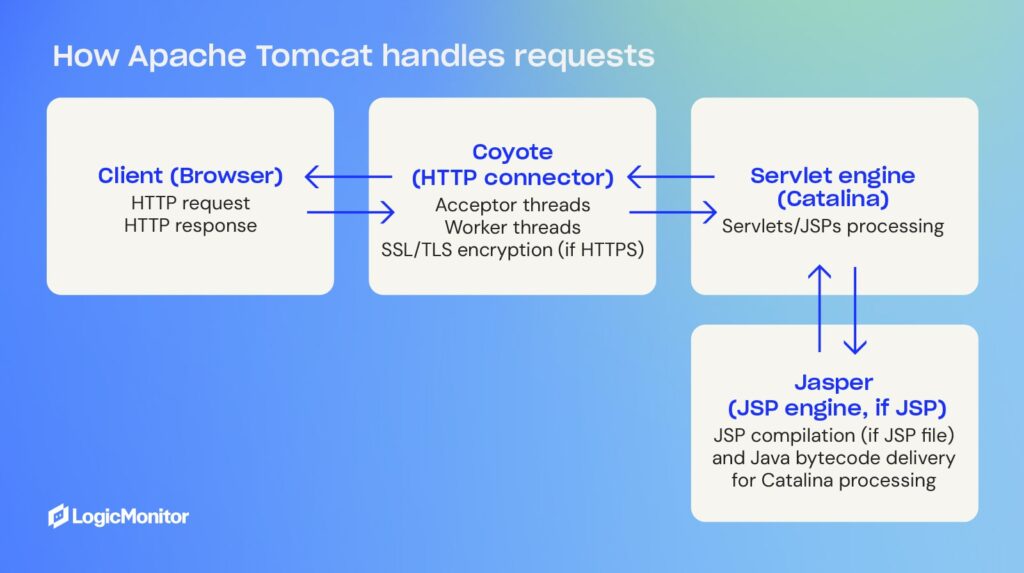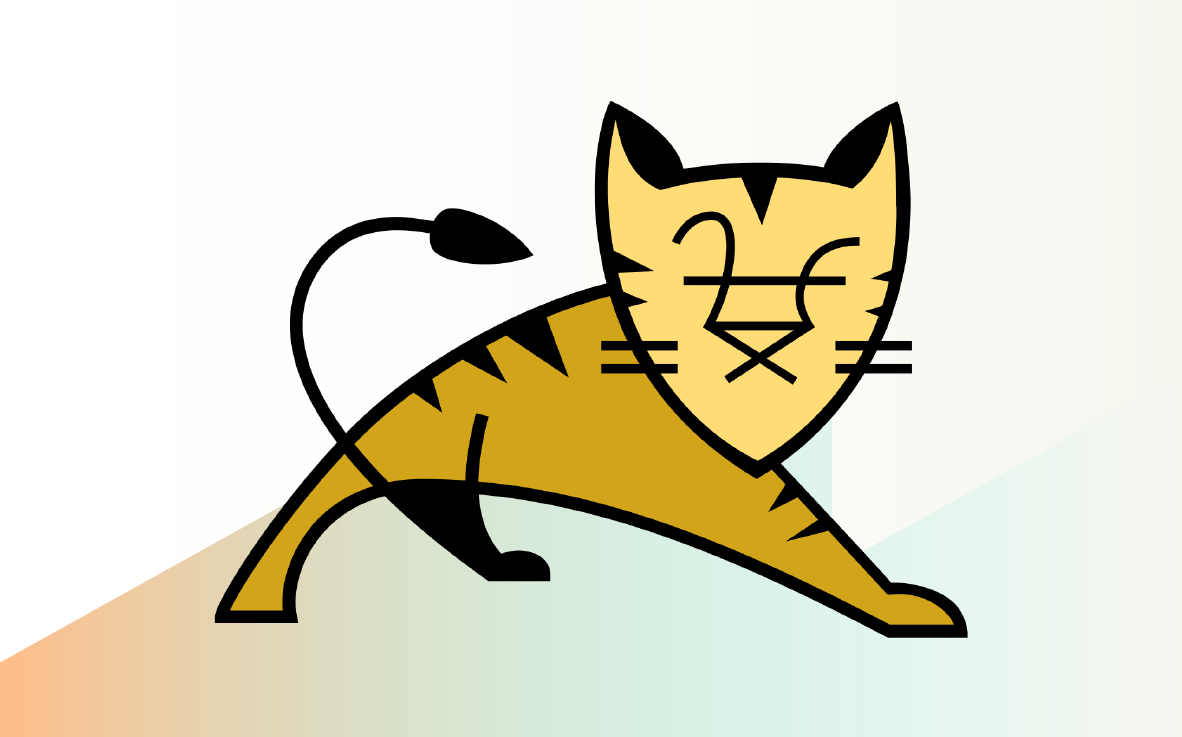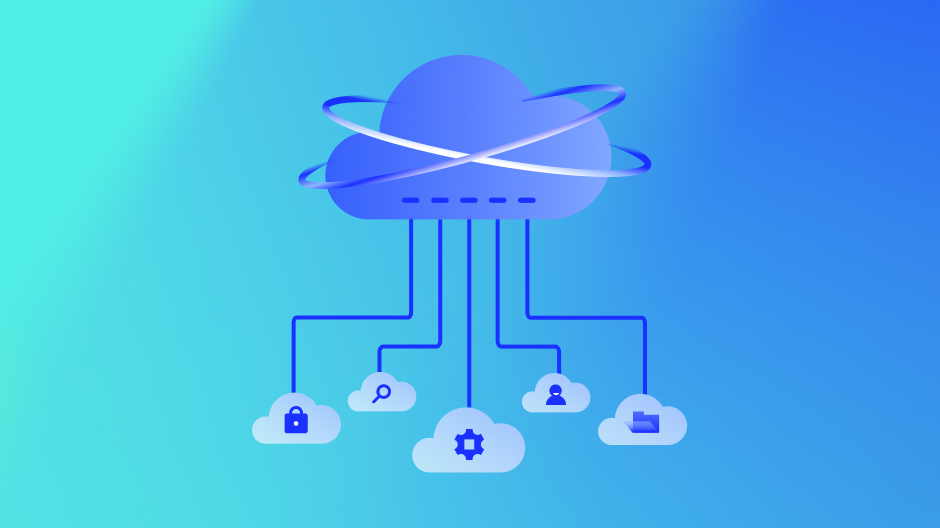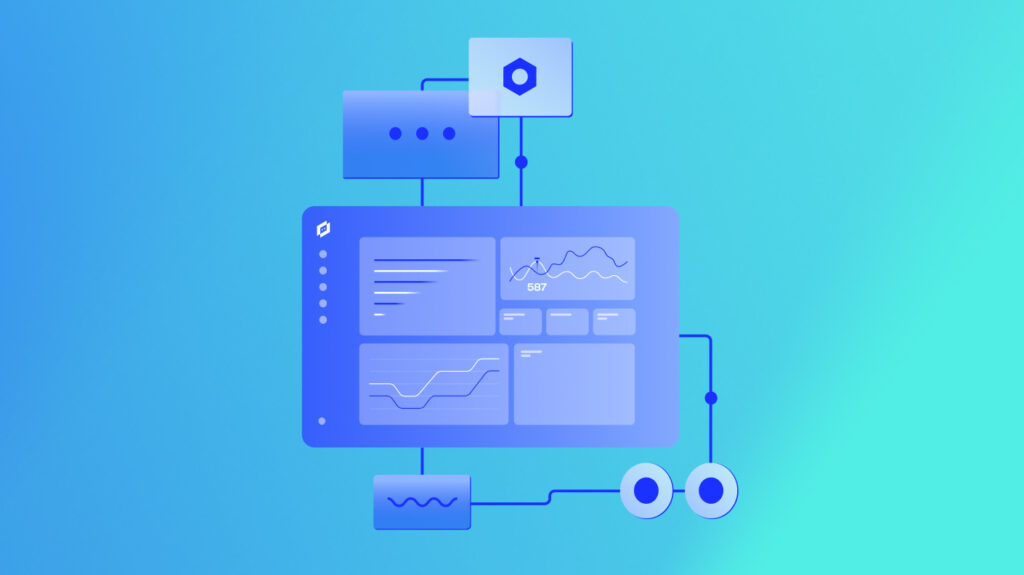Apache Tomcat, developed by Sun Systems in the late 1990s, is a popular choice for developers who need to build and deploy Java-based web applications. It’s a collaborative platform that, since 2005, has become an accredited top-level Apache project, with highly experienced developers volunteering support and resources for it.
A 2022 survey shows that 48% of developers now utilize Apache Tomcat for deploying Java web applications. But what is the Apache Tomcat server, and how does it work?
Key takeaways




What is Apache Tomcat?
Apache Tomcat is a free, open-source Java servlet container. It hosts Java-based web applications, implementing Java Servlet and JavaServer Pages (JSP) specifications. Tomcat provides a robust and scalable environment for dynamic web content, managing Java servlets to process requests and generate responses efficiently.
Servlet containers like Tomcat provide a runtime environment for Java servlets, which extend web server functionality by generating dynamic content and handling web requests. They manage the lifecycle of servlets, ensuring smooth operation by loading and unloading them as needed.
Java servlet containers may be combined with other web servers to provide a more complete runtime environment for deploying Java-based web applications. Apache Tomcat also provides additional services such as security and resource management.
Is Apache Tomcat a web server or an application server? In truth, it’s neither. Web servers deliver static content, such as a home page, an image, or a video. Application servers, conversely, deliver dynamic content, such as personalization of web pages and interactive chat options. Apache Tomcat behaves like an application server because it can deliver highly dynamic content. It can also behave like a standalone web server, but it is actually a Java servlet container. As such, it does not have the features of a full application server and may not support some enterprise-level requirements.
The latest release of Apache Tomcat server is 10.1.25, which was launched on the 14th of June, 2024.
Core Apache Tomcat components
Catalina
The primary component of Apache Tomcat is the servlet container, Catalina. Catalina implements the required specifications for Java servlets and Jakarta Server Pages (JSP, formerly JavaServer Pages) and manages the lifecycle of all the servlets in the container.
Coyote
Coyote is a connector component that supports the HTTP/1.1 protocol. Coyote interprets and processes HTTP requests via processing threads and can create additional threads if traffic increases unexpectedly. The ability to handle requests in this way is what gives Apache Tomcat the ability to be used as a standalone web server.
Jasper 2
Servers need a JSP engine to be JSP compatible. The Apache Tomcat server’s JSP engine is called Jasper 2. It replaces the original Jasper, which was slower and had fewer features. This engine works solely to implement JSP specifications.
Clusters
Another important component in Apache Tomcat server architecture is the cluster. Clusters are groups of Tomcat servers that operate in tandem, creating a single system via careful load balancing to connect servers successfully. Clustering can improve a system’s availability and boost its resilience.
Apache Tomcat request handling

How does Apache Tomcat work?
Now that you know the basic components of Apache Tomcat, let’s take a look at how the server actually works. There are six primary steps in the lifecycle of an HTTP request to Tomcat.
- A client inputs an HTTP request
- This request goes to a web server
- The server forwards this request to the Apache Tomcat container
- The container and relevant connectors decide how to process the request
- The container generates an appropriate response
- The response goes back to the client via the web server
The configuration for how the servlet container responds to requests is held in the server.xml file. Java servlets initialize and execute JSP files if required, and the JSP engine, Jasper, executes the relevant Java code to create the response. The connector, Coyote, sends that response back, allowing the client’s web browser to fully resolve the request.
The end-user experience should be to enter a web address or click a button on a web page and, within a few seconds, get a result that matches their request.
Advantages of using Apache Tomcat
Increased observability
There are numerous advantages to using Apache Tomcat beyond the ability to create a runtime environment for Java web applications and websites. Apache Tomcat tracks all requests and increases observability across systems, although investing in Tomcat monitoring tools is essential for businesses that want to ensure they avoid bottlenecks and latency.
Security features
Tomcat also provides security features, including additional authentication stages and access controls that can be implemented by an administrator. This makes it ideal for organizations that have to be compliant with high standards.
Lightweight and fast
Tomcat is incredibly lightweight and fast. It’s focused on efficiency, so it doesn’t drain network resources. It can start up and shut down fast without impacting other network components.
Customization options
Apache Tomcat server provides several configuration options that allow developers to customize the behavior of the servlet container and associated web applications. Thanks to numerous plugins and modules, developers can use Tomcat however they want and extend its practicability almost indefinitely.
Compatibility
Because Tomcat was developed to implement JSP and Java APIs, it’s compatible with all Java technologies or their Jakarta equivalents. WebSockets, Expression Language, and, of course, Java (or Jakarta) servlets all integrate seamlessly with Tomcat.
Integration with other technologies
Tomcat’s capabilities extend beyond Java technologies to seamlessly integrate with various tools and frameworks, such as:
- Java frameworks: Tomcat integrates smoothly with Java frameworks like Spring and Hibernate, enabling developers to build robust, scalable applications.
- DevOps tools: Tomcat works well with DevOps tools like Jenkins and Docker. Jenkins automates CI/CD pipelines, while Docker facilitates containerization for easier deployment.
- Cloud services: Tomcat integrates with AWS, Azure, and Google Cloud, offering scalable and flexible deployment options.
- Load balancers: Tomcat supports load balancers like Nginx and Apache HTTP Server, ensuring high availability and better performance.
- Monitoring tools: Tomcat can be monitored using tools like LogicMonitor, Nagios, and New Relic, which provide insights into server performance and health.
Open-source and free
One of the biggest advantages for most development teams is that Apache Tomcat is completely open-source and free. There is no charge, ever, for utilizing this platform, and it’s entirely maintained and updated by volunteers. The community surrounding Tomcat is enormous, and so much support is available online for developers utilizing its features.
“Apache Tomcat is a lightweight, open-source server that seamlessly hosts Java-based web applications.”
Disadvantages of using Apache Tomcat
Are there disadvantages to using Apache Tomcat? There can be, depending on your needs.
Limited enterprise-level features
As we mentioned earlier, Tomcat is not a full-featured web server or application server, although it can fulfill many of the same tasks.
Lack of support for EJBs
It doesn’t support some enterprise-level features, such as EJBs (Jakarta Enterprise Beans, formerly Enterprise Java Beans). This can be a significant limitation for organizations that rely on EJBs for developing robust, scalable, and transactional enterprise applications.
Limited Java API support
Tomcat also lacks support for some Java APIs. For comprehensive functionality, developers often need these APIs to handle more complex tasks, which Tomcat alone cannot manage.
Need for full application server
For this level of functionality, developers require a full application server such as RedHat JBoss or Oracle WebLogic. These servers provide the extensive features and support needed for large-scale enterprise applications, which Tomcat alone cannot offer.
Primary Apache Tomcat use cases
Apache Tomcat is one of the most widely utilized platforms for website and web application deployment. One app developer noted that Tomcat helped them reduce their server startup time by 11 seconds per instance compared to alternatives. They also stated that Tomcat helped keep their apps compliant and bug-free without resorting to manual code entry.
E-commerce
Tomcat also helps e-commerce businesses scale rapidly, one example is Walmart. Apache Tomcat empowers the retailer to handle thousands of transactions daily while providing robust, excellent online experiences for their website visitors.
Finance
In the financial industry, Tomcat’s security features and performance capabilities are essential. Banks and financial institutions rely on Tomcat for secure and reliable web application deployment, guaranteeing compliance with stringent regulatory requirements and handling their high volumes of transactions with comfort.
Media and entertainment
Businesses looking to streamline their budget might consider Tomcat instead of a proprietary, chargeable server option. Media companies benefit from Tomcat’s ability to manage high traffic and provide fast, reliable service to users. Weather.com switched to Tomcat and found it could scale up the amount of web traffic it could handle, plus it saved thousands of dollars by making this change.
Development environments
Tomcat is the ideal choice for development environments that already utilize multiple Java-based technologies. The ease of integration can be a big time saver for busy DevOps teams. Switching to Tomcat is as simple as installing the servlet container and copying over any application files into the container’s directory.
Is Apache Tomcat going to be used into the future?
Apache Tomcat server is the go-to servlet container for Java web applications — with good reason. Its lightweight yet robust functionality and ease of configuration make it fast to learn and deploy on your own systems. The sheer volume of support available continues to grow as more developers adopt Tomcat as a major aspect of their app deployment strategies.
It’s safe to say that while Java remains a popular choice for developers, Apache Tomcat will continue to be a top choice for creating runtime environments for Java web applications.
Subscribe to our blog
Get articles like this delivered straight to your inbox








